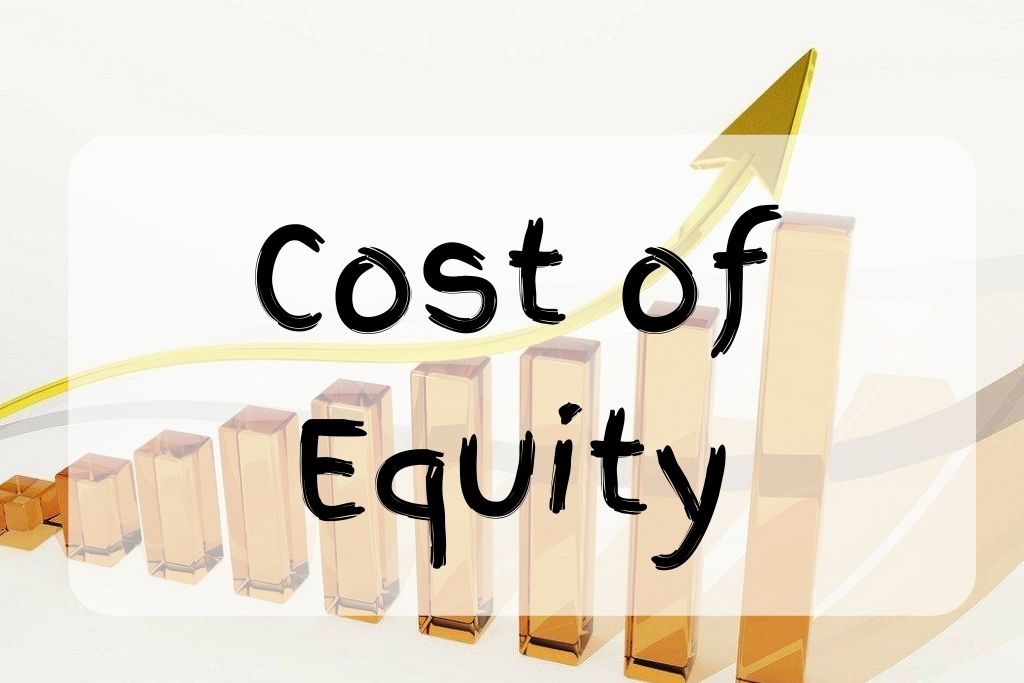What Is Cost of Equity?

Definition of the Cost of Equity
- To compensate for the risks that shareholders take, firms pay them in return. The theoretical return the firm pays its equity investors (shareholders) is known as the cost of equity.
- In other words, the cost of equity is the rate of returns a firm pays to its shareholders.
- The cost of equity is considered an opportunity cost of capital when investing in a company.
Want to learn more financial ratios?
Get the eBook explaining some of the most useful ratios for free now.
What Impacts the Cost of Equity?
- Risk-free rate
- The expected return of the market
- The systematic risk of the security (Beta)
- Dividend per share
- The market value of the stock
- The growth rate of dividends
How to Calculate the Cost of Equity?
- There are two ways you can calculate the cost of equity, which are the CAPM and the Dividend capitalization model.
- CAPM formula:
E(r) = Rf + 𝛽(Rm – Rf)
(Where R(e) = expected return on investment, Rf = risk-free rate, Rm = expected return of the market, and 𝛽 = beta of a stock.)
- Dividend capitalization model:
Cost of equity = (DPS/CMV) + GRD
(Where DPS = Dividend per share at t + 1, CMV = current market value of the stock, and GRD= growth rate of dividend.)
Why is Cost of Equity Important?
- For investors, the cost of equity would help them make decisions on whether or not to invest in certain securities.
- Also, it would help them see if it is enough to compensate for the risk or not.
Cost of Equity in Practice
- The dividend capitalization model can only be used for firms that pay out dividends.
- As there are two ways we can calculate the cost of equity, there might be some minor differences in the results. So when comparing that of two securities, it needs to be calculated with the same method.
Learn some of the most useful financial ratios!
Don’t miss this free eBook.
